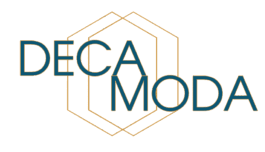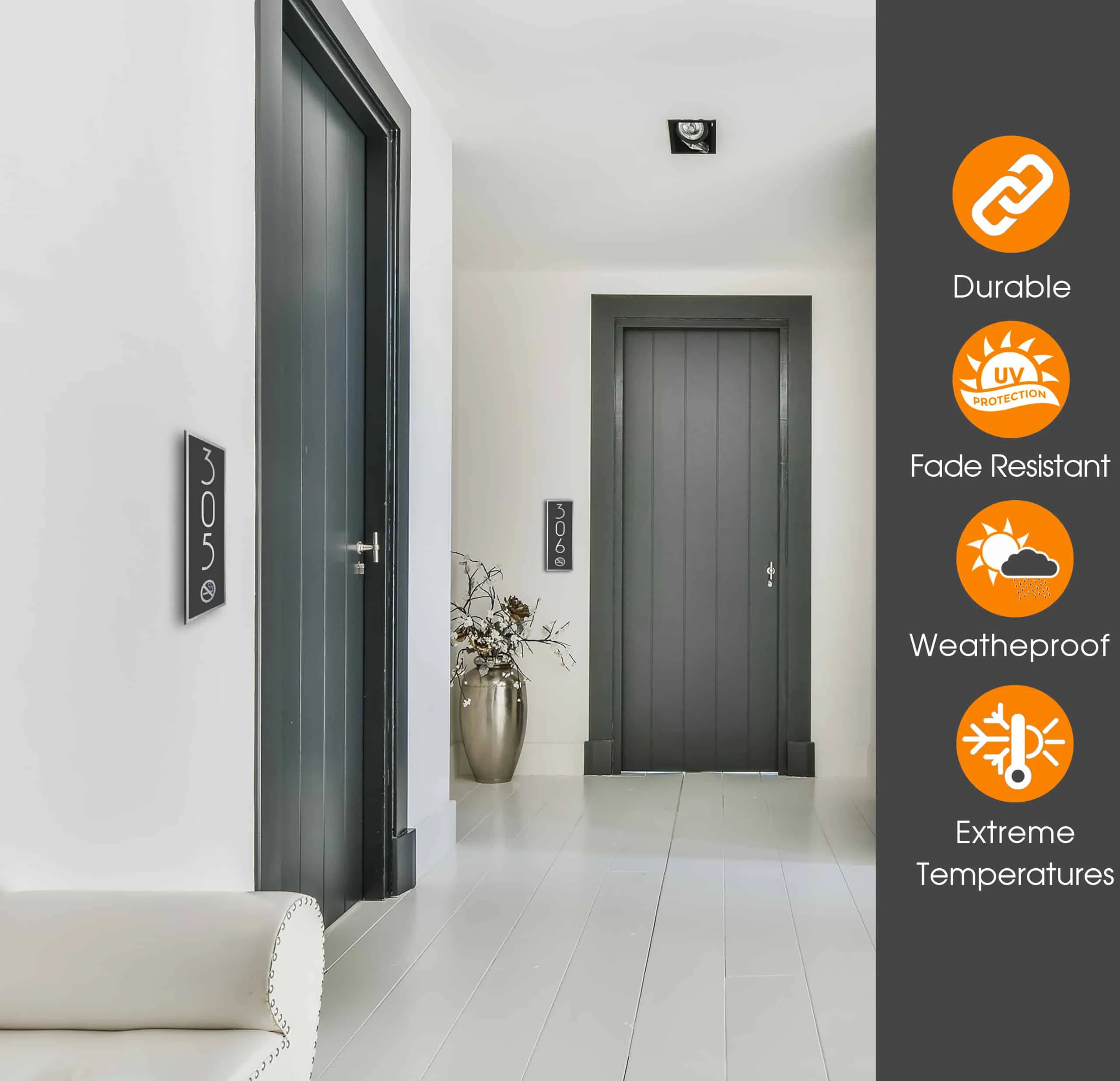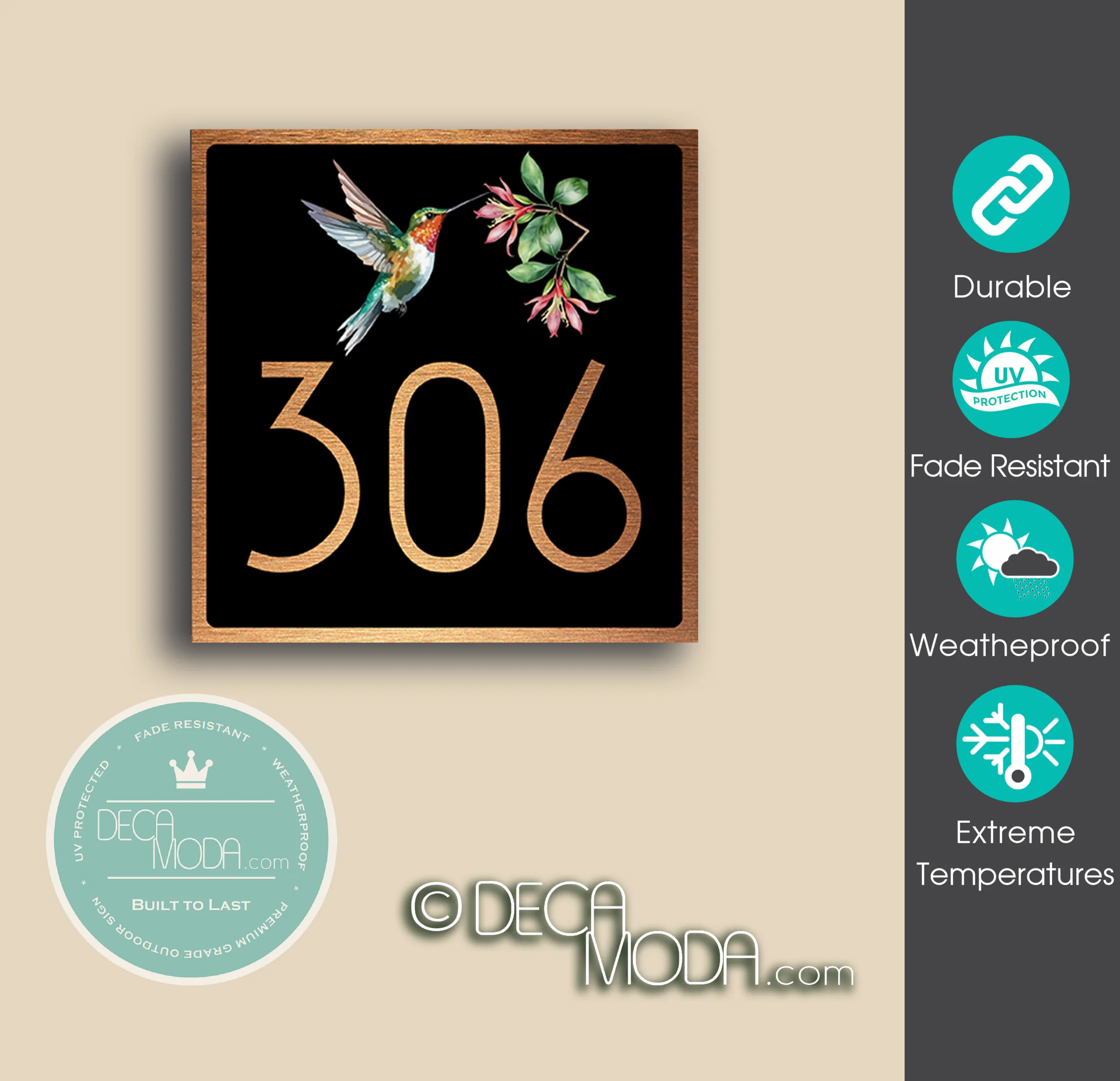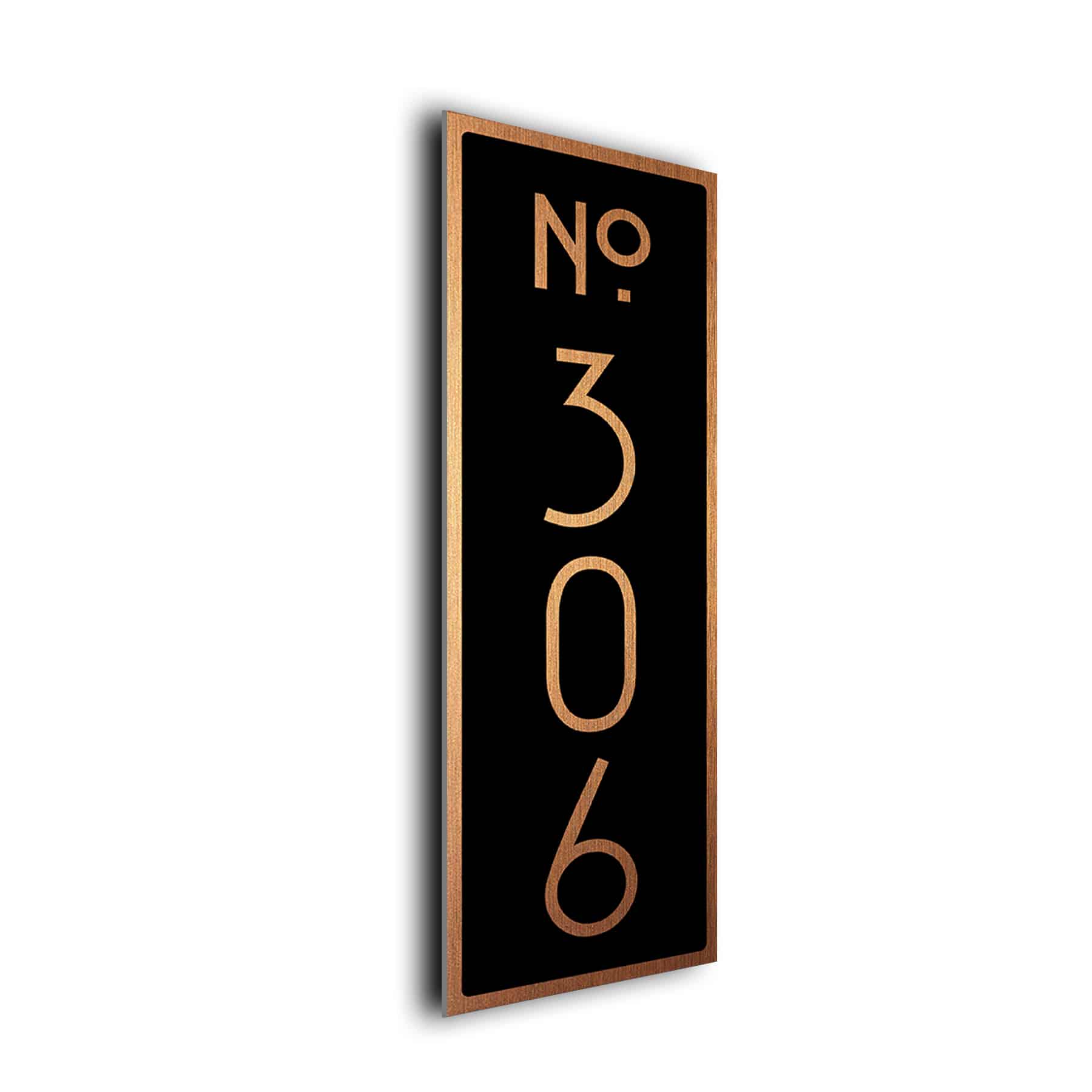Guide to Planning a Signage Specification
Comprehensive Guide to Planning a Signage Specification for Large Facilities
Signage plays a crucial role in large facilities like hotels, apartment complexes, and other expansive buildings. From guiding visitors and residents to ensuring compliance with safety regulations, a well-thought-out signage system improves functionality, aesthetics, and user experience. Below is a step-by-step guide to planning a comprehensive signage specification for your facility.
- Define the Purpose of Your Signage
Start by identifying the specific goals your signage system should achieve. In large facilities, signage serves multiple purposes:
- Wayfinding: Directing people to rooms, amenities, exits, or parking areas.
- Branding: Reinforcing the facility’s identity and visual style.
- Regulatory Compliance: Meeting safety and accessibility standards, including fire exits and ADA (Americans with Disabilities Act) compliance.
- Information Sharing: Displaying hours of operation, facility maps, or building regulations.
Clearly understanding these objectives will guide your choices throughout the planning process.
- Conduct a Facility Walkthrough
Perform a detailed walkthrough of the facility to identify all areas requiring signage. Take note of key locations such as:
- Entrance and Lobby Areas: Welcome signs, directories, branding elements.
- Elevators and Stairwells: Floor numbers, emergency instructions, and directional signage.
- Public Spaces and Amenities: Signage for gyms, pools, conference rooms, or other shared spaces.
- Guest or Resident Rooms: Room numbers and identifiers.
- Parking Areas: Directions, reserved spaces, and safety signs.
- Outdoor Spaces: Building identification, directional signs, and landscaping markers.
Create a checklist of locations to ensure no area is overlooked.
- Prioritize User Experience
Design your signage system with end-users in mind:
- Clarity: Use simple, concise language and universally understood symbols.
- Visibility: Choose appropriate colors, fonts, and sizes for easy readability, even from a distance.
- Consistency: Maintain uniformity in design elements like fonts, colors, and layouts to establish a cohesive look throughout the facility.
- Incorporate Branding
Signage is an excellent opportunity to strengthen your facility’s brand. Incorporate elements such as:
- Logos: Ensure all signs feature your facility’s branding.
- Color Palette: Use your brand colors consistently across all signage.
- Materials and Finishes: Opt for materials that align with your brand identity, such as brushed metal for modern elegance uv protected fade resistant signs for outdoor use.
- Consider Durability and Maintenance
Choose materials that are durable and easy to maintain, especially for outdoor or high-traffic areas. Options include:
- Aluminum Composite Panels: Lightweight, weatherproof, and fade-resistant for both indoor and outdoor use.
- Acrylic or Perspex: Ideal for elegant indoor signage.
- Brushed or Butler Finish ACP : Affordable and versatile for Door name signs and room number signs as well as directional signs and wayfinding systems..
Ensure materials are easy to clean and maintain, especially in facilities where cleanliness is paramount, such as hotels or healthcare environments.
- Plan for Accessibility and Compliance
Ensure your signage meets local regulations and accessibility requirements, such as:
- ADA Compliance: Use tactile elements like raised lettering or Braille for visually impaired users.
- Fire and Safety Codes: Include clearly marked emergency exits, evacuation plans, and hazard warnings.
- Lighting Requirements: Provide illuminated signs where visibility is essential, such as stairwells or parking lots.
- Develop a Signage Hierarchy
Organize your signs into categories based on their purpose:
- Primary Signage: Facility identification, outdoor signs, and main directories.
- Secondary Signage: Wayfinding signs, directional markers, room identifiers, Door Name Signs.
- Tertiary Signage: Informational and regulatory signs, such as “No Smoking” or “Employees Only.”
This hierarchy ensures important messages are prioritized and easily located.
- Involve Stakeholders
Collaborate with key stakeholders, including:
- Architects and Designers: For integrating signage with the building’s design.
- Facility Managers: To identify operational needs and pain points.
- Marketing Teams: To ensure signage aligns with the brand identity.
- End-Users: Gather feedback from residents, guests, or employees to understand their navigation challenges.
- Create a Signage Schedule and Specification Document
Document all signage requirements in a detailed specification that includes:
- Sign Locations: Clearly map out where each sign will be placed.
- Materials and Dimensions: Specify materials, sizes, and finishes.
- Content: Include text, symbols, and other design elements for each sign.
- Installation Details: Include mounting methods, pre-drilled holes, or adhesive options.
- Regulatory Compliance Notes: Highlight any required standards the signs must meet.
This document serves as a blueprint for manufacturers and installers.
- Collaborate with a Signage Manufacturer
Partner with a trusted signage provider who can meet your specifications. Look for manufacturers who offer:
- Custom Design Services: To tailor signs to your facility’s needs.
- Durable, High-Quality Materials: Ensure longevity and performance.
- Fast Production and Shipping: Especially important for large-scale projects.
- Customer Support: A team available to address queries or offer advice.
- Plan for Installation
Work with professional installers to ensure proper placement and secure mounting. Consider:
- Safety: Ensure all signs are securely fixed, especially in outdoor or high-traffic areas.
- Visibility Testing: Check that signs are placed at appropriate heights and angles for maximum readability.
- Environmental Factors: Account for lighting, weather conditions, and potential obstructions.
- Regular Maintenance and Updates
Once installed, your signage system requires ongoing attention:
- Inspections: Regularly check for wear and tear, damage, or fading.
- Cleaning: Keep signs clean to maintain visibility and professionalism.
- Updates: Replace or modify signs as needed due to changes in facility layout or branding.
A well-designed signage system is an essential investment for large facilities like hotels and apartment complexes. It enhances navigation, reinforces branding, ensures compliance, and improves overall user experience. By carefully planning your signage specification and partnering with experienced professionals, you can create a functional, durable, and visually appealing system that serves your facility for years to come.
For expert assistance, consider working with signage specialists like Decamoda.com, who offer tailored solutions with high-quality materials and exceptional customer service.
© DecaModa Studio http://www.decamoda.com/ Contact us for custom design requests – View our Customer Feedback – Follow our Socials; Instagram – Pinterest.
DecaModa.com – Navigating Made Easy.





